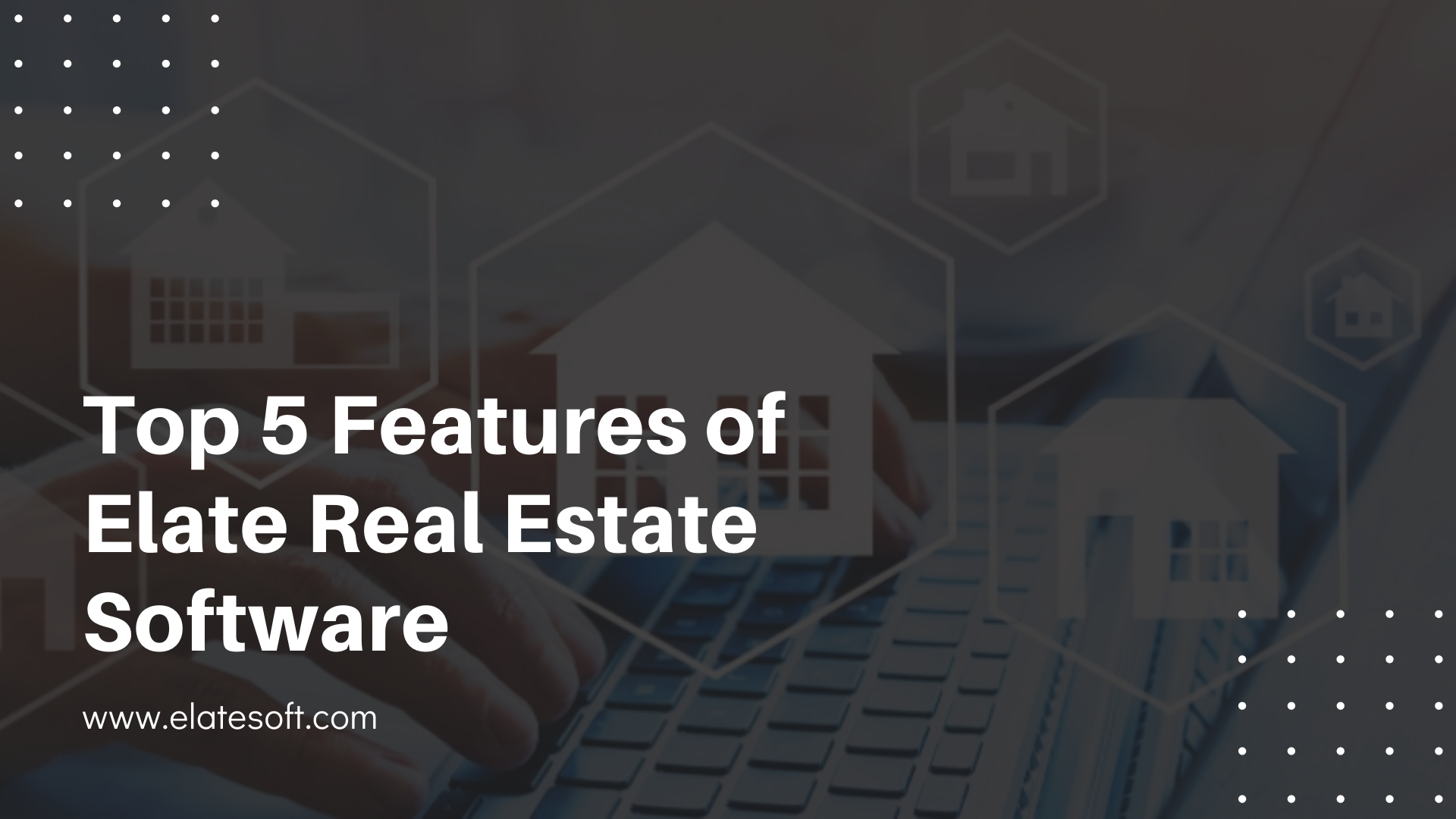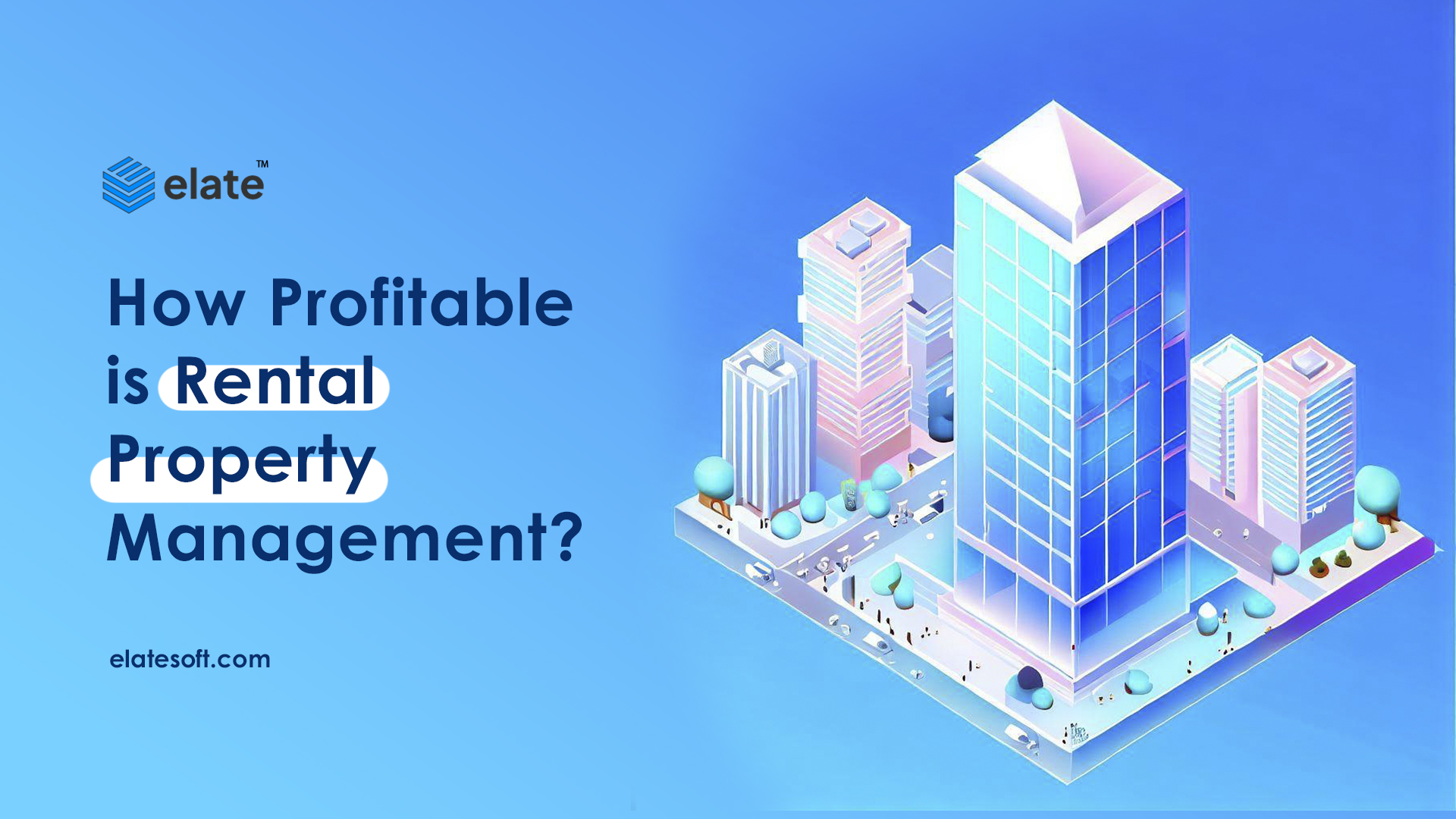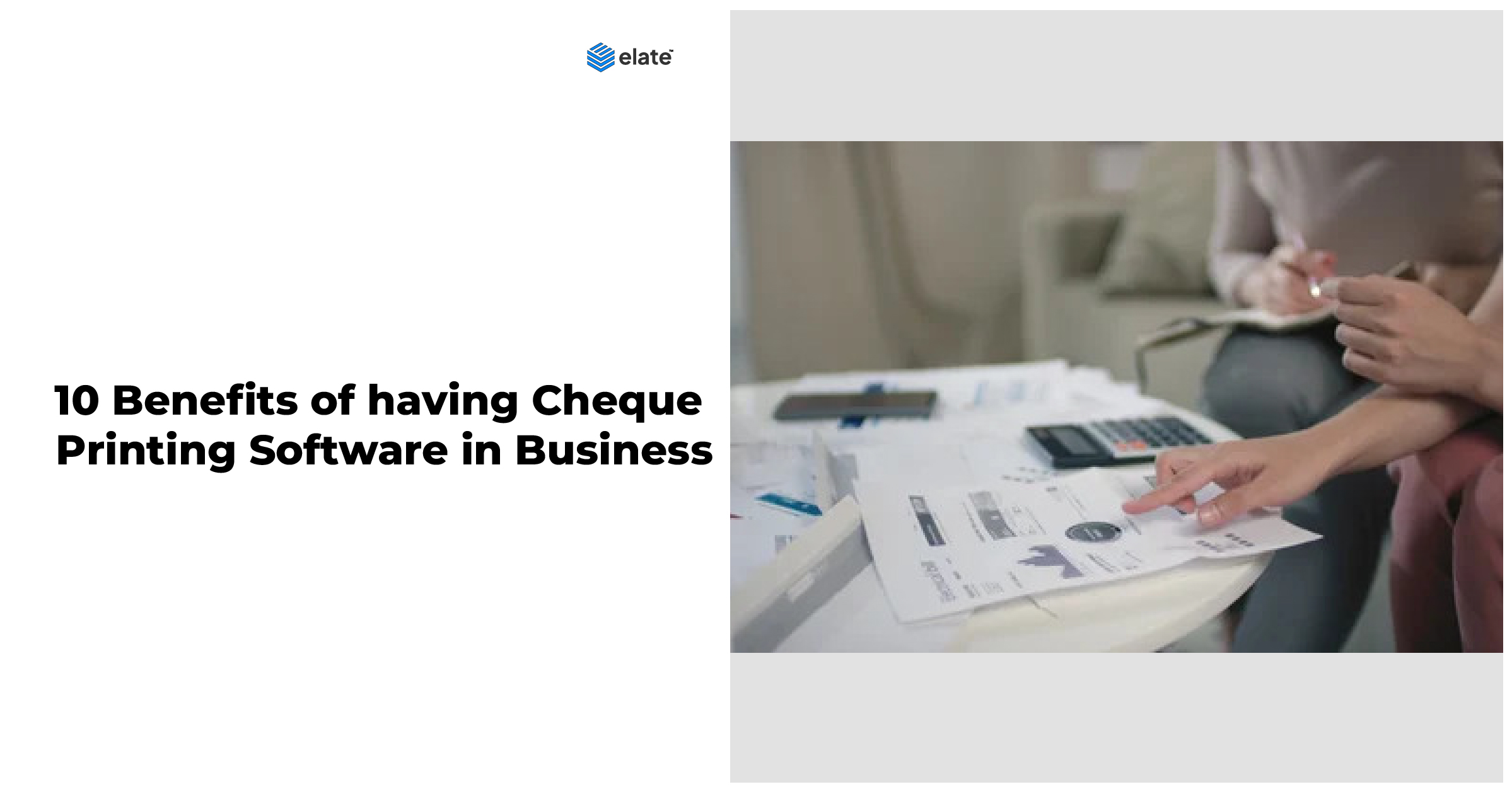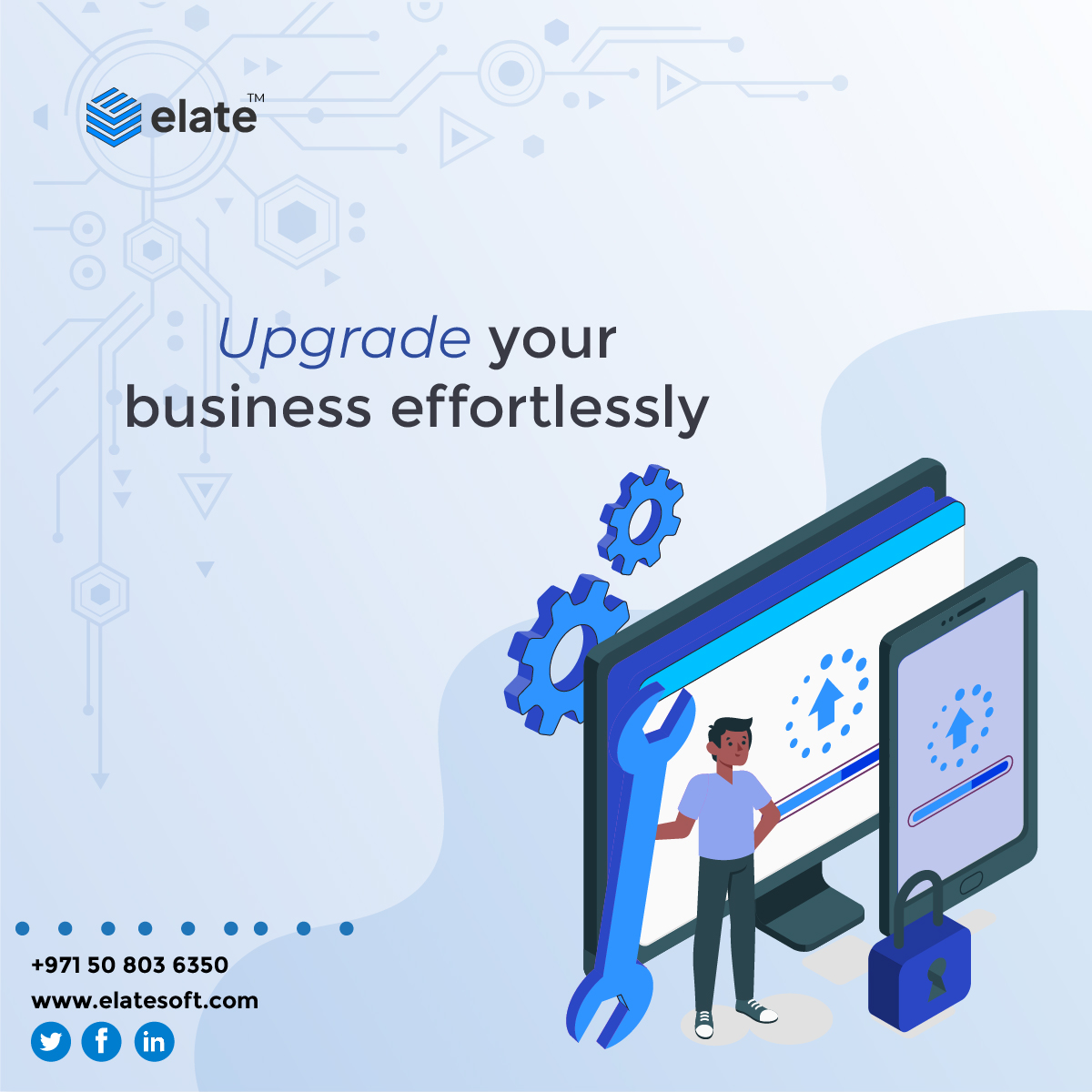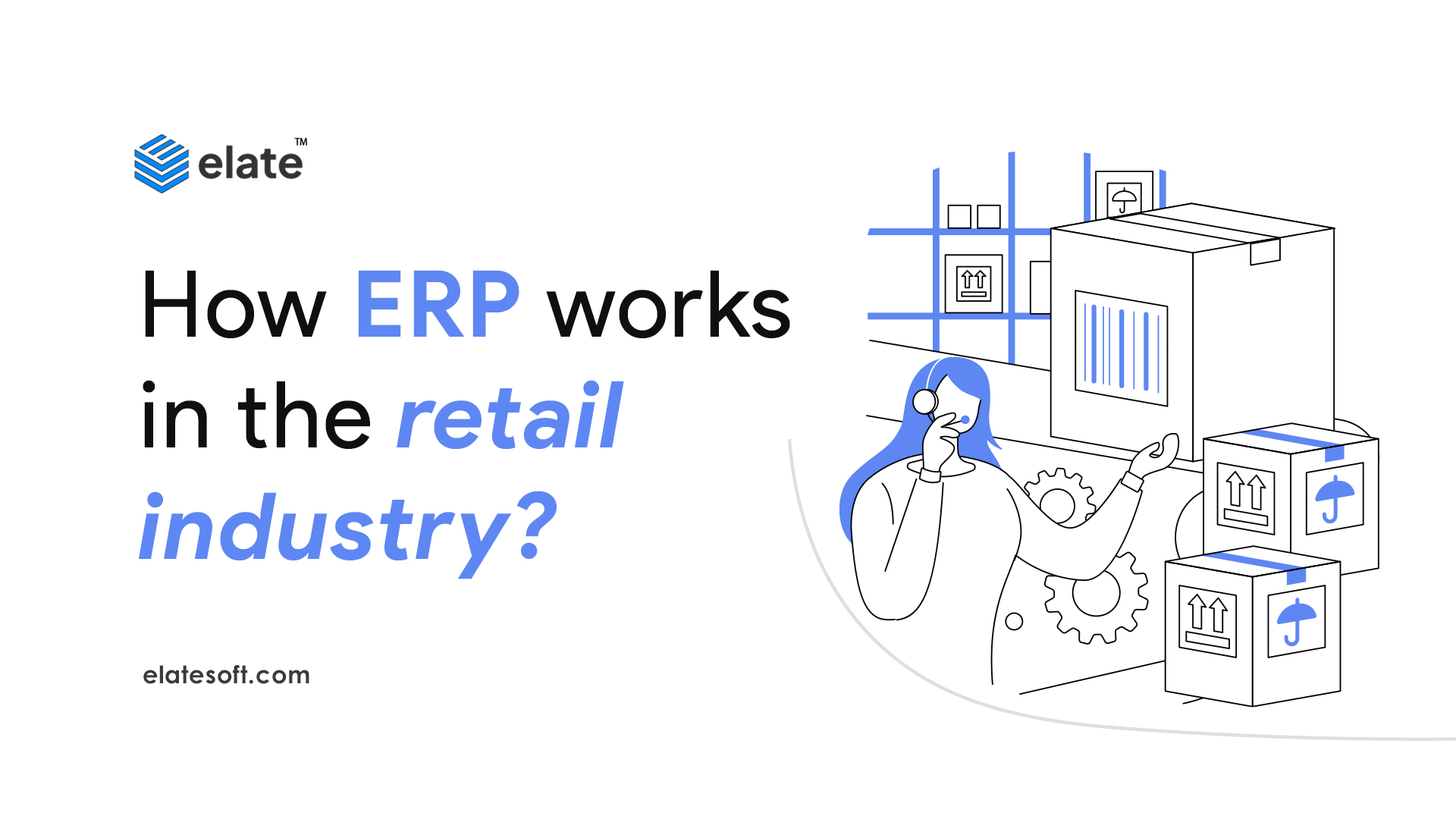
1/31/2025
How ERP works in the retail industry?
Customers anticipate using social media, mobile devices, and physical stores to conduct their shopping. Retail ERP solutions are perfectly suited to address these issues.
Wide-ranging features of this technology automate switching between different channels of the omnichannel shopping experience.
It enables quick data transfer so that decision-makers can make well-informed, in-the-moment, data-driven decisions to get the greatest results.
In summary, retail ERP solutions provide your company and customers with a wide range of advantages and features. Let’s look at how this strategy streamlines daily tasks and supports your goals.
Let’s have look at the features of Retail ERP
Retail ERP systems provide a wide range of business functions, including CRM, accounting, and inventory control. It’s critical to comprehend the fundamental components of this system before comparing several retail ERP solutions.
Inventory Management
This integration or capacity assures you maintain your accessible supplies and raw ingredients, as described in our benefits section.
Some applications even let you set minimum thresholds, so when you reach them, you’ll get notifications right away.
These notifications enable you to plan for replenishment before your high-value items run out of stock.
Modules for shipping automate the procedure to guarantee on-time deliveries. Additionally, you may handle multi-carrier shipping procedures, generate labels, and do much more.
CRM
The optimum CRM criteria ensure you keep clients first and make the best judgments, whether managing client feedback, monitoring certain demand periods, or producing in-depth reports.
You’ll also understand how to use more effective marketing and campaign strategies for social media, emails, websites, etc. to attract new customers.
Sales Order Management
Track each step from the creation of the sales order to its fulfillment.
Ten shortbread cookies, five frosted strawberry biscuits, and twelve chocolate chip cookies are included in one purchase.
That order can be reviewed by this system to determine quantities, overall costs, payment options, and shipping times. You can submit the order to the process manufacturing sector to be cooked or processed after you have collected the payment.
Management of customer accounts
Want to reward devoted clients? A new client profile is required. Want to give seasoned customers memberships? You can perform all of these tasks and more with the help of this module. Customers sustain your business, and rewarding them encourages them to keep returning.
Multiple Order Management Channels
End-to-end software management provides effective customer orders and inventory management from any medium, whether it be your website or physical stores.
Order fulfillment is possible from any point along the supply chain if you have visibility into the existing inventory.
You have many physical locations in addition to a website where customers may order your cookies. This technology may organize data into a central hub and manage all orders.
You can keep an eye on all the inventory. Customers can get frosted chocolate snickerdoodles online if your Chicago store has enough while your Denver location is out of stock.
Management of Purchases and Suppliers
Maintain source-to-pay cycles, pricing lists, quotes, purchase approvals, and other data in one consolidated system. To make sure that suppliers are delivering products and stock items to the appropriate places, you can oversee and assess them.
You can track truck routes if they are transporting flour, eggs, milk, and other essential supplies from Florida to your Tennessee cookie business.
To separate the good from the bad and the ugly, you can also grade providers based on how well they deliver their goods.
Reporting
Keeping up with analytics and reports is not easy if you don’t have the necessary tools. You can bid farewell to second guesses, filing cabinets, and incorrect data whether you invest in an independent business reporting software or purchase individual function requirements.
Real-time analytics and reporting are provided through these tools and dashboards to help you make the best decisions. You may track several KPIs, including: with the aid of comprehensive reporting and business intelligence (BI) tools.
- Retention of employees.
- Statuses of warehouse management.
- Profit from Investment (ROI).
- Market Demand Variations
- Status reports on cyber security.
- Rates of Ecommerce Cart Abandonment.
- plus more!
Point of Sale (POS)
POS streamlines how you collect customer payments, whether you use mobile applications, self-service kiosks, or workstations in salons, restaurants, or other locations. This is true whether you need standalone software or add-on features and hardware.
Additionally, this system can manage staff, reports, customers, and inventories.
A POS solution can provide the right data to identify bottlenecks and aid with solutions if, for example, one of your cookie shops in Seattle has good numbers but your New York store is experiencing a downturn.
Perhaps your staff needs incentives to stay motivated at work, or you don’t have a strong client loyalty program.
You can also spend money on various pieces of hardware, such as:
- Printing receipts.
- Money drawers.
- Readers for credit cards
- Touchscreen tablets and monitors.
- scanners for barcodes.
What are the benefits of Retail ERP?
Improving Customer Management
You can monitor and manage customer data, product reviews, crucial demographics, demand, and other crucial KPIs with the right customer relationship management (CRM) solutions.
These skills guarantee that you understand how to keep existing clients and provide strategies for expanding your clientele base.
For instance, if you have a massive cookie business, you might be debating whether to bring back one of several old cookies for the summer.
Reports on cookie performance can be generated by your CRM’s capabilities. If a product sold well, the customer probably liked its flavor.
That particular cookie should remain in the tomb alongside other failed kinds if sales were low or nonexistent.
Simplifies Inventory Upkeep
By using inventory management, you can avoid overstocking or understocking essential ingredients while maintaining accessible supply and making plans.
You should make sure you have the basics if you plan to purchase materials for your cookies (eggs, milk, flour, butter, etc.). To appropriately replenish items and prevent contaminating goods, you can also receive reminders when your resources are running low or approaching their expiration date.
Other essential inventory management equipment and necessities include:
- Order management
- Shipping,
- Tracking.
- Transfer Control.
- Purchasing.
Provides centralization and real-time information
Whether it’s customer assistance via a social networking platform or sending automated delivered item notifications, the modern retail landscape is set up for businesses to respond directly and rapidly to client requests.
Executives can get a strategic understanding of their retail business thanks to ERP’s dynamic and integrated engagement with a business. Information exchanges are quick thanks to centralized data and functionality.
Without such a solution, a shop might have to deal with muddled interfaces, disjointed pricing across channels, and uneven KPI management.
